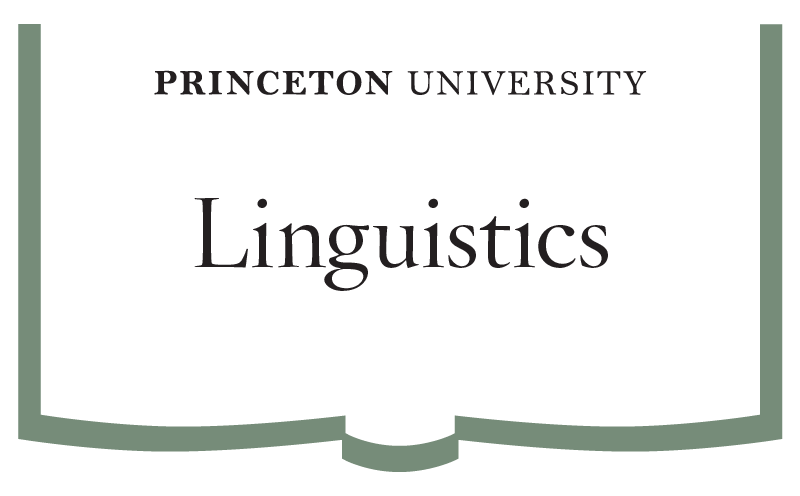Language Requirement
Students may use ASL to meet the University’s language requirement. Students must either complete ASL 107 or be placed above ASL 107 in order to do so. Please see below for more information about placement and enrollment.
Placement
If you have formally studied ASL in the past, you must take the placement test in order to be placed into the ASL program. To take the placement test, please contact Prof. Noah Buchholz, the Director of the ASL Program.
ASL Course List
Below are the ASL courses that have been offered. For current offerings, check the Office of the Registrar’s course offerings page.
ASL 101: Beginner’s American Sign Language I
This course is the first course in the introductory American Sign Language (ASL) course sequence. The primary goal is to build a strong foundation for attaining proficiency in American Sign Language and understanding Deaf culture. Students will acquire basic vocabulary and grammar through in-class interactive activities, and out-of-class readings and exercises. Students also will focus on developing visual skills, which are critical to attaining proficiency in ASL. In addition, students will be introduced to Deaf/disability studies, including American Deaf culture and history.
*No prerequisites
ASL 102: Beginner’s American Sign Language II
This course is the second course in the introductory American Sign Language (ASL) course sequence. This course aims to improve conversation skills in ASL, review and refine knowledge of basic grammar, broaden vocabulary, develop ASL-English translation skills, and increase awareness of Deaf culture. Students will develop their ASL skills through in-class interactive activities, and out-of-class readings and exercises.
*Prerequisite: ASL 101 or placement beyond ASL 101
ASL 105: Intermediate American Sign Language
An intermediate language course that aims to strengthen students’ communication and comprehension skills. Students will broaden their grammar and vocabulary through viewing and analyzing various ASL videos. Students also will practice holding conversations about a wide variety of topics following Deaf cultural norms through interactive activities. This includes discussing the topics of Deaf culture and disability justice.
*Prerequisite: ASL 102 or placement beyond ASL 102
ASL 107: Advanced American Sign Language
This course is the last course in the ASL sequence. The objective is to attain a high level of communication proficiency in ASL by the end of the semester. Thus, in this course, students will focus on expanding their vocabulary, internalizing basic grammar, employing varied sentence structures, and integrating the multidimensional aspects of ASL in their everyday signing. Students will also continue to expand their knowledge of Deaf culture and disability issues. Students will develop such skills through in-class interactive activities and out-of-class readings and exercises.
*Prerequisite: ASL 105 or placement beyond ASL 105
ASL 205: American Sign Language Literature
An advanced language course that explores the history and genres of ASL literature. Students will broaden their grammar, vocabulary, and Deaf culture knowledge through viewing and analyzing various ASL literary works and creating their own ASL literary works.
*Prerequisite: ASL 107 or placement beyond ASL 107
ASL 206: Creativity and American Sign Language
This course focuses on employing American Sign Language as a literary tool for creating storytelling, poetry, and Deaf Theater. Students will participate in class activities and discussions and outside assignments, primarily consisting of analyzing/discussing the complex nuances of artistic ASL as used by Deaf performers. Students will enhance their signing skills and also deepen their understanding and appreciation of how the artistic aspects of Deaf culture are expressed through Creative ASL and how these forms of expression contribute to society at large. Course open to advanced ASL students, including those who have completed ASL 105.
*Prerequisite: ASL 105 or placement beyond ASL 105
ASL 207: Deaf and Sign Language in Film
Many films have captured large audiences by including deaf characters and sign language. Yet, discussions about them rarely include deaf people’s views. Since film is one of the most powerful mediums of communication, it naturally both reflects and influences society’s views on disability. Thus, it is imperative for students of Deaf culture to study film through a Deaf lens. In this course, students will analyze films featuring deaf characters and sign language. While improving their ASL proficiency, students will also deepen their understanding of the relationship between film and society and its implications for deaf and disabled people.
*Prerequisite: ASL 107 or placement beyond ASL 107
ASL 208: Medical Discourse in American Sign Language
An advanced language course where students practice discussing various medical topics in ASL using different registers. They will broaden their grammar/vocabulary for everyday conversations and develop a knowledge of specialized vocabulary in the medical and mental health fields. Course will emphasize medical and mental health issues facing Deaf people in the U.S., e.g. the relationship between disability and medicine and Deaf experience in the health care system. Students will learn how they can be effective allies of Deaf people in different medical settings through role-play exercises and learning from Deaf people about their experiences.
*Prerequisite: ASL 107 or placement beyond ASL 107
General Interest Course List
Below are the general interest courses (no ASL knowledge required) we offer:
LIN 215/AMS 214/GHP 315: American Deaf Culture
This course explores the history, culture, and language of the Deaf in the United States. The first part of the course focuses on the history of Deaf people in the United States. The second part discusses various aspects of Deaf culture: language, literature, art, politics, etc. The third part critically examines different issues facing Deaf people here in the United States and around the world. These issues include audism, linguicism, ableism, intersectionality, disability justice, bioethics, and education. No American Sign Language knowledge required.
Special note about this course: ASL students are encouraged to take this in concurrent with ASL 105 in preparation for advanced ASL courses (it is not required, though).
*No prerequisites












